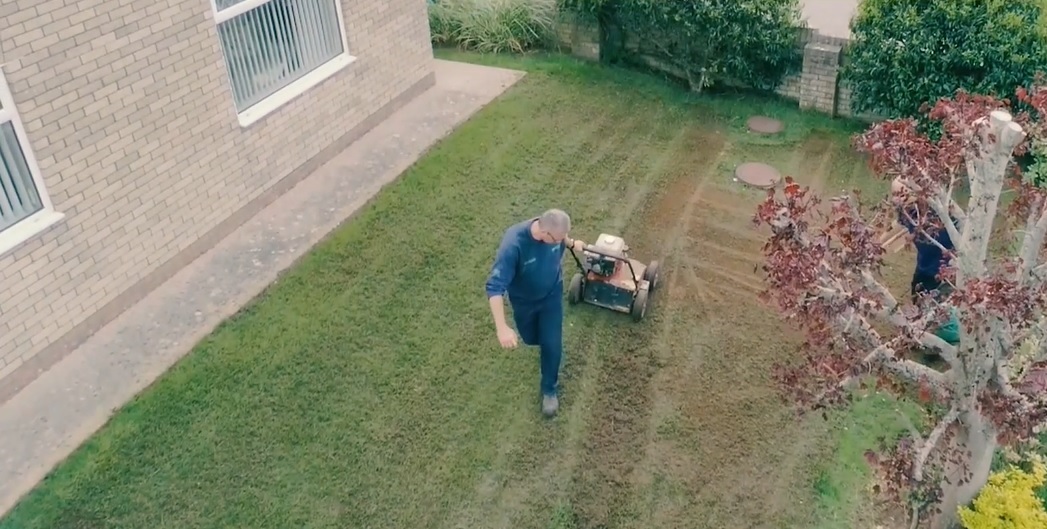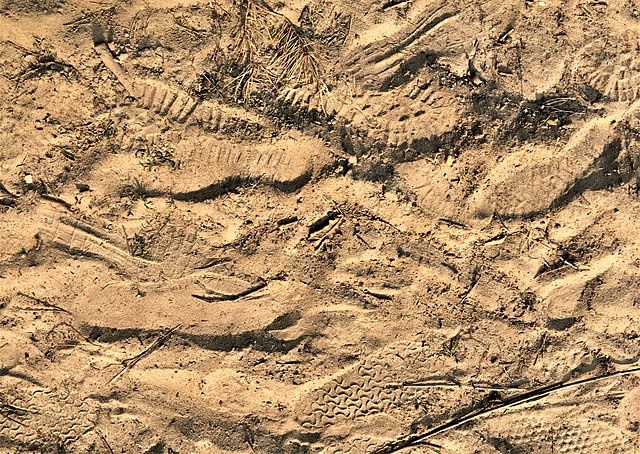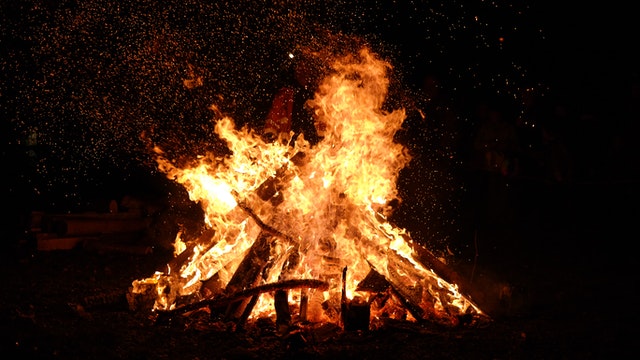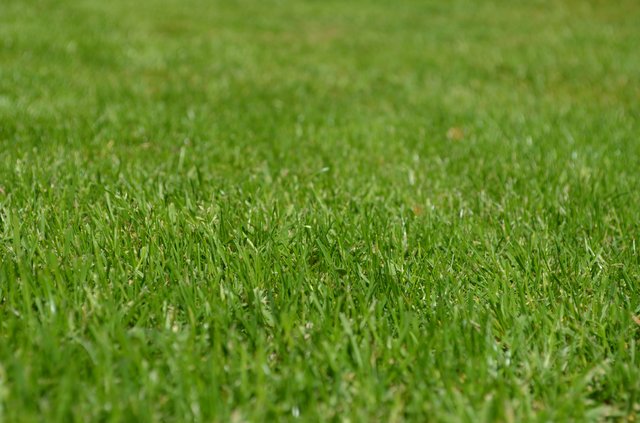
As we explained in our blog post about the different types of soil, clay soils are made up of very small particles that are prone to clumping together.
Clay soil has a number of benefits and drawbacks, so let's take a look at both the good and the bad, then we'll explain how you can improve the quality of the soil in your garden.
More...

The COVID-19 situation is constantly evolving, and with four different governments making announcements on a near-daily basis, you can perhaps be forgiven if you've lost track of the current rules for your part of the UK.
A lot of people - including both lawn care professionals and the homeowners who require their services - don't seem to know whether lawn care companies are allowed to continue working right now. Let's take a look at the latest rules (as of 20th November 2020) and what they mean for your lawn.
More...
Sandy soil is made up of large soil particles that don't stick together very well. It has a gritty texture, and is especially common in coastal regions.

Image source: Wikimedia Commons
As with all types of soil, sandy soil has both its benefits and its drawbacks. Let's start with the positive stuff...
More...

Photo from Pexels
Bonfire Night (5th November) is fast approaching, and with large gatherings still prohibited due to COVID-19, you may be wondering whether you're allowed to build a bonfire in your back garden in lieu of attending a public Guy Fawkes celebration.
More...

Overseeding means adding new seeds to your lawn in order to boost the thickness of the grass.
It's a good idea to do this occasionally - keeping your grass thick and healthy will make it more difficult for weeds, moss and other growths to take over your lawn. Densely-grassed lawns are also more resistant to drought.
More...